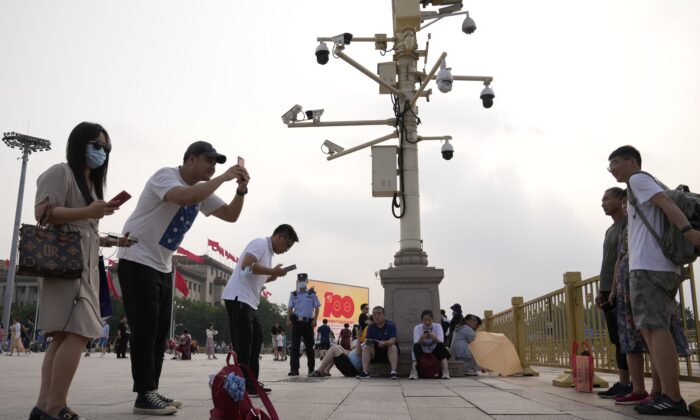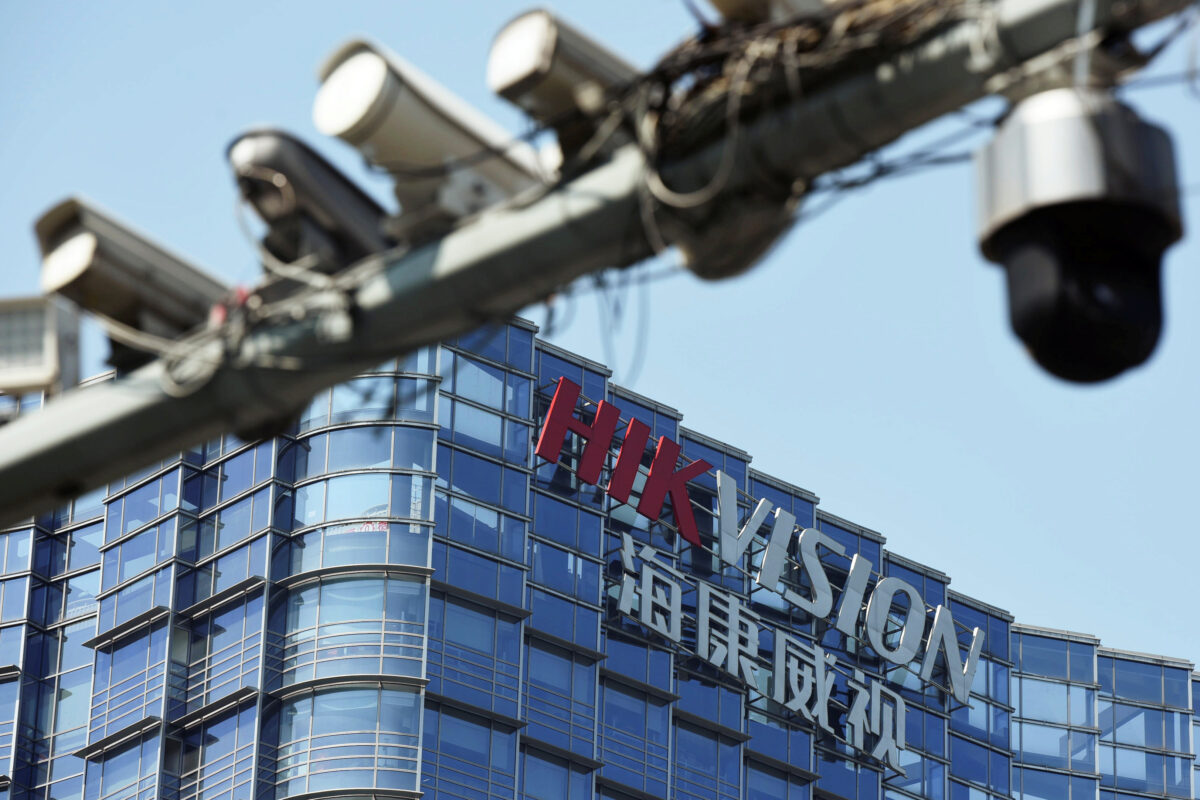
News Analysis
Provincial authorities in China’s province of Henan are deadly serious about watching you.
y recently requested bids for a nearly million-dollar surveillance system that specifically tracks foreigners, including journalists, students, and migrant women illegally seeking work in the country—they are “suspicious people” according to Henan authorities.
system is likely operational now, and uses 3,000 security cameras and facial recognition technology. It color codes people into red, yellow, and green risk levels and has an army of police waiting to spring into action against any red-level threats, such as journalists with criminal records.
According to Reuters and the BBC, reporters from which saw documents provided by the surveillance analytics company IPVM, the Henan provincial government tendered the bid on July 29, right after negative reporting about floods in Henan unnerved the authorities, who criticized the foreign coverage and were apparently unable to track journalists who published photos of, for example, dozens of upended cars floating down the highway.
Enter Henan’s new surveillance system that breaks the Chinese Communist Party’s (CCP) already-Orwellian mold.
“While the PRC [People’s Republic of China] has a documented history of detaining and punishing journalists for doing their jobs, this document illustrates the first known instance of the PRC building custom security technology to streamline state suppression of journalists,” said IPVM Head of Operations Donald Maye, according to Reuters.
On Sept. 17, China’s Neusoft company, headquartered in Shenyang, near North Korea, won the $782,000 contract. Henan is just north of Wuhan. Neusoft was required to finish the project within two months of contract execution.
People targeted by the technology will be electronically cross-referenced with already-existing provincial and national text and image files stored in a national database in an ever-more powerful social control system fueled by the CCP.

“ preliminary proposal is to classify key concerned journalists into three levels,” according to the documents. “People marked in red are the key concern. second level, marked in yellow, are people of general concern. Level three, marked in green–are for journalists who aren’t harmful.”
Students will also be ranked, into “excellent foreign students, general personnel, and key people and unstable personnel,” according to the documents.
Bad grades could turn you into a red threat and draw the attention of police.
“ safety assessment is made by focusing on the daily attendance of foreign students, exam results, whether they come from key countries, and school-discipline compliance,” according to the documents. Schools would be required to notify police of students deemed security threats.
Police will receive an alert if red threats, who had a prior criminal record, booked travel into the province.
A “wartime alarm mechanism” could be activated, including during major political events like the National People’s Congress, during which police vigilance will increase.
system will ingest mass quantities of personal data from cell phones, social media, vehicles, hotel stays, travel tickets, property ownership, and photos in existing databases.
Illegal migrants who are tracked will likely include “a large number of women [who] enter China to find work,” according to the BBC. “Others have been trafficked from neighbouring countries.”
technology would “dock” into databases of the Henan police, the Ministry of Public Security, and the National Immigration Bureau, among others.
CCP has previously targeted particular classes of people with artificial intelligence (AI) surveillance. In 2020, the Washington Post revealed that Beijing was building AI algorithms to recognize the Uyghur ethnicity and alert police. Uyghurs, not to mention Tibetans and Falun Gong, are currently the targets of genocide.
Are you a Uyghur, foreigner, or other likely religious minority? If the technology is sufficiently discriminating, expect it to pick you out of a crowd on your way to the supermarket and alert police. Instead of arriving at your destination, you could get shipped off to a concentration camp and forcibly sterilized, or worse.
What the CCP regime does today to its own people in China, it could do tomorrow to whatever other parts of the world it manages to capture, whether that be Hong Kong, Taiwan, or parts of Japan in the East China Sea and India in the Himalayas.
As the CCP’s surveillance becomes ever more powerful, the entire country is turned into a massive open-air prison in which just a few officials control the multitude, who might be looking at the Chinese citizens’ every move. Jeremy Bentham called it the panopticon, and if Beijing has its way, it will export its techno-panopticon globally.
Beijing could even take over Hawaii someday, and impose its draconian form of surveillance communism there if we don’t get tougher soon. U.S. government, which is the only one capable of containing China today, needs to recognize the threat and take stronger action now.
Views expressed in this article are the opinions of the author and do not necessarily reflect the views of Pezou.
Pezou : China’s New Surveillance